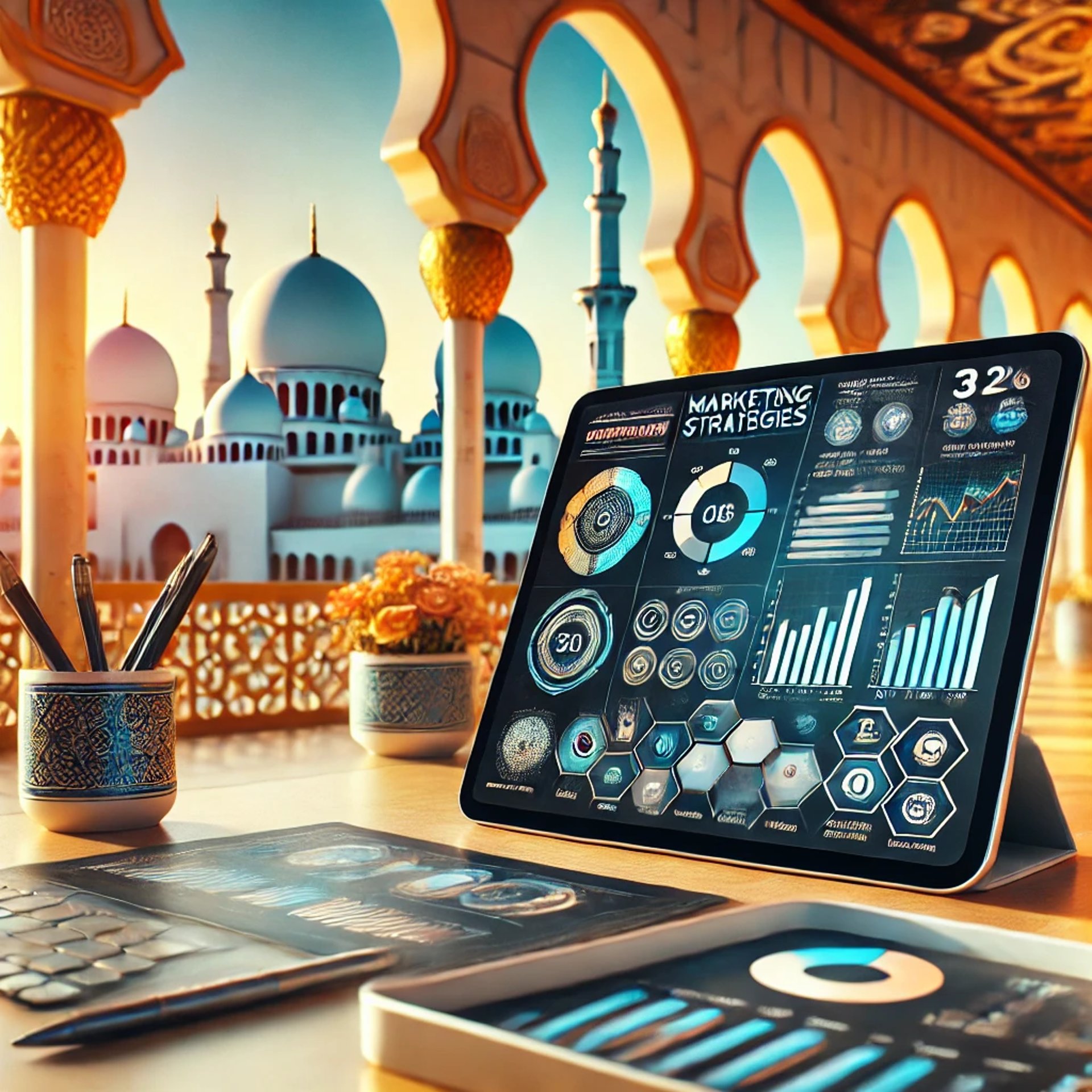
Crafting Winning Marketing Strategies in the Middle East
Discover how to craft impactful marketing strategies tailored to the Middle East's dynamic market. From embracing cultural nuances to leveraging digital trends and emerging technologies, this blog explores key lessons and opportunities for success in this unique and rapidly evolving region.
Mo Souiah
1/15/20252 min read
The Middle East is a dynamic and culturally rich region with unique opportunities and challenges for marketers. Having worked extensively in this market, I’ve learned that successful marketing strategies here require a deep understanding of local cultures, consumer behaviors, and rapidly changing digital landscapes. Below, I share some key lessons that have shaped my approach to marketing in the region.
1. Embrace Cultural Nuances
Marketing in the Middle East is deeply influenced by its diverse cultures, languages, and traditions. A one-size-fits-all approach rarely works. Here are key considerations:
Respect for Religion and Traditions: Campaigns need to align with Islamic values and consider key moments like Ramadan, Eid, and other cultural events. For example, during Ramadan, brands often focus on themes of family, generosity, and togetherness.
Language Localization: While Arabic is dominant, there are variations in dialects across the region. It’s also important to decide when to use English to cater to international or bilingual audiences.
2. Digital Transformation is Accelerating
The Middle East boasts one of the highest internet penetration rates globally, making digital channels indispensable:
Social Media Dominance: Platforms like Instagram, Snapchat, and TikTok are incredibly popular, particularly among younger demographics. Tailoring content to these platforms is critical.
E-commerce Growth: The pandemic accelerated online shopping trends, with markets like Saudi Arabia and the UAE leading the charge. Businesses must integrate seamless e-commerce experiences into their strategies.
Influencer Marketing: Influencers wield significant power in this region, especially in lifestyle and fashion sectors. Collaborating with the right personalities can amplify reach and trust.
3. Navigating Regional Diversity
While the GCC (Gulf Cooperation Council) countries share similarities, the broader Middle East varies significantly:
Economic Differences: Countries like the UAE and Saudi Arabia have high purchasing power, while others may require value-focused messaging.
Regulatory Landscape: Marketing regulations differ by country. For instance, advertising alcohol is prohibited in some markets, and social content often faces censorship.
Consumer Preferences: Trends in urban hubs like Dubai might not resonate in more conservative areas. Tailor your messaging accordingly.
4. Data-Driven Decisions Are Key
Access to data and analytics is improving, allowing marketers to refine their approaches:
Local Insights: Invest in understanding local consumer behaviors through surveys, focus groups, and partnerships with regional agencies.
Performance Tracking: Platforms like Google Analytics, Meta Ads Manager, and region-specific tools provide invaluable insights into campaign performance.
Adaptability: Use data to iterate quickly. What works in one market may not perform well in another.
5. Build Trust and Authenticity
Trust is a cornerstone of marketing in the Middle East:
Transparency Matters: Be clear and honest in your communications. Misleading advertising can quickly damage a brand’s reputation.
Corporate Social Responsibility (CSR): Initiatives that give back to the community resonate deeply with consumers. Highlighting philanthropic efforts, especially during Ramadan, can strengthen brand loyalty.
Customer Engagement: Respond promptly to queries and feedback. Personalized interactions—even on digital platforms—go a long way in building relationships.
6. Capitalize on Emerging Opportunities
The Middle East is evolving, and new opportunities are emerging:
Sustainability: Eco-consciousness is growing, particularly among younger consumers. Brands that adopt sustainable practices can stand out.
Youth Demographics: The region has a young population eager for innovation. Experiment with creative, tech-driven campaigns to capture their attention.
Tech Adoption: The adoption of AI, augmented reality (AR), and virtual reality (VR) in marketing is on the rise. These tools can create immersive experiences that differentiate your brand.
Building marketing strategies in the Middle East requires a blend of cultural sensitivity, technological savvy, and adaptability. By understanding the region’s nuances and staying attuned to its rapid evolution, marketers can unlock incredible opportunities. For those willing to invest the time and effort to get it right, the Middle East is not just a market—it’s a landscape of limitless potential.
